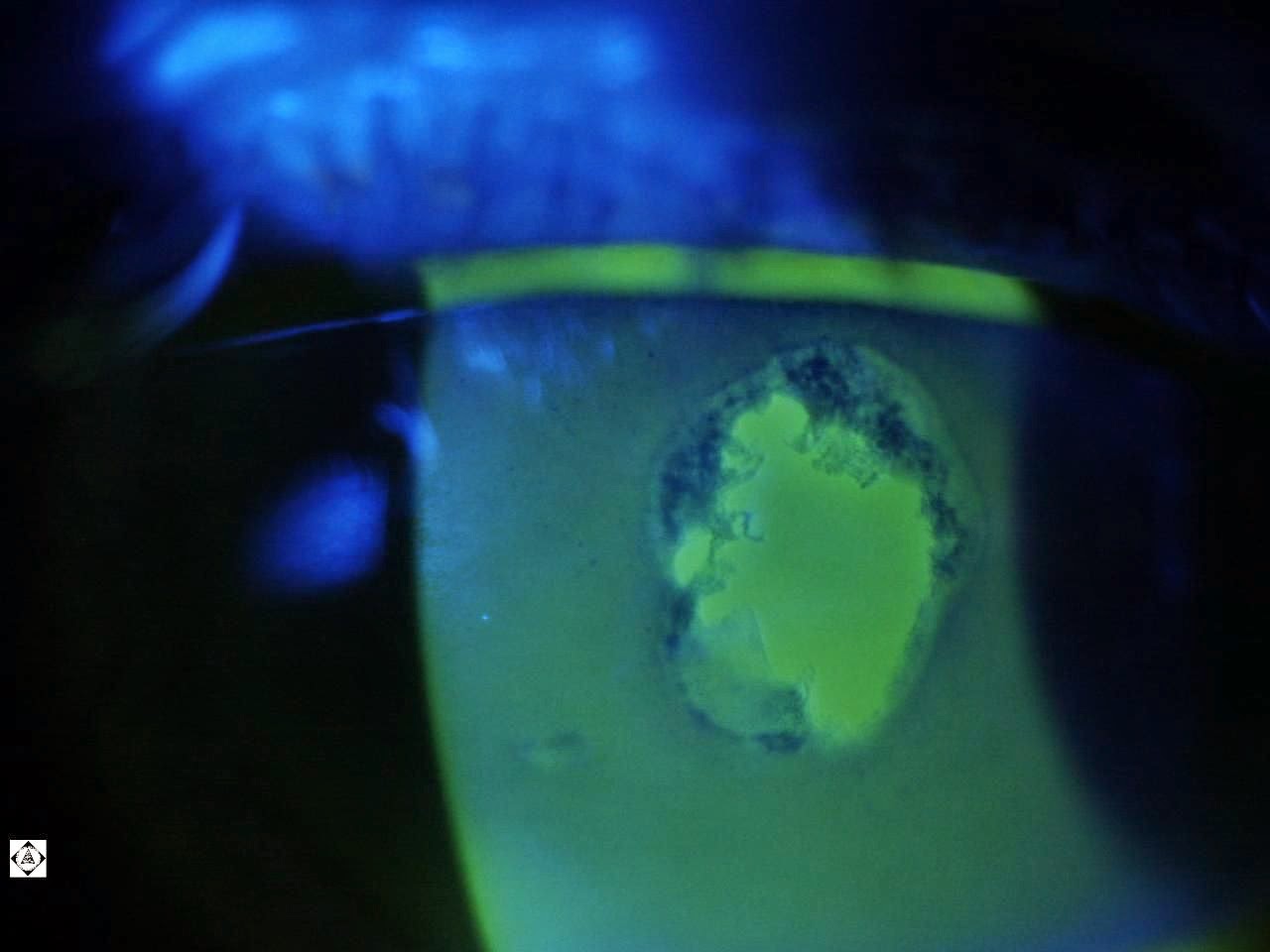

First, we optimized a mouse model of genital herpes. The fingerprint of JieZe-1 was determined by high-performance liquid chromatography. This study was designed to evaluate the anti-HSV-2 effect of JieZe-1 and berberine in a genital herpes mouse model and explore the underlying mechanism. However, its mechanism of anti-HSV-2 effect in vivo remains unclear. It showed an excellent anti-HSV-2 effect in vitro. 3Department of Biochemistry and Molecular Biology, Tongji Medical College, Huazhong University of Science and Technology, Wuhan, ChinaĬhinese herbal prescription JieZe-1 is effective for genital herpes with no visible adverse effects clinically.2Department of Pharmacy, Tongji Hospital, Tongji Medical College, Huazhong University of Science and Technology, Wuhan, China.1Department of TCM, Institute of Integrated Traditional Chinese and Western Medicine, Tongji Hospital, Tongji Medical College, Huazhong University of Science and Technology, Wuhan, China."I see it going into clinical trials in the near future.Qianni Duan 1 †, Tong Liu 1 †, Cong Huang 1, Qingqing Shao 1, Yonggui Ma 2, Wenjia Wang 1, Tianli Liu 1, Jun Sun 3, Jianguo Fang 2, Guangying Huang 1 and Zhuo Chen 1* "This is a curative approach for both oral and genital HSV infection," Aubert said. They expect it to take at least 3 years to move toward clinical trials. The researchers are pursuing a similar strategy for herpes simplex 2, which causes genital herpes. Refining the vector delivery mechanism, they found the adeno-associated virus (AAV) vector that was the most efficient at getting the gene edits to cells infected with the virus. Gene cuts with meganucleases were more efficient that with CRISPR/Cas9. The team did other comparisons to fine-tune the gene editing approach:

The reductions remained for at least a month after the treatment and is enough the researchers say to keep the virus from reactivating. The researchers found a 92% reduction in the virus DNA present in the superior cervical ganglia, the nerve tissue where the virus lies dormant. The researchers injected the delivery vector into a mouse model of HSV-1 infection, and it finds its way to the target cells after entering the nerve pathways. The dual genetic scissors are introduced into the target cells by delivering the gene coding for the gene-cutting proteins with a vector, which is a harmless deactivated virus that can slip into infected cells. "When there are two cuts, the cells seem to say that the virus DNA is too damaged to be repaired and other molecular players come in to remove it from the cell body." "We use a dual meganuclease that targets two sites on the virus DNA," said first author Martine Aubert, a senior staff scientist at Fred Hutch. But by combining two scissors - two sets of gene-cutting proteins called meganucleases that zero in on and cut a segment of herpes DNA - the virus fell apart. They found that when using just one pair of the scissors the virus DNA can be repaired in the infected cell. In the study, the researchers used two types of genetic scissors to cut the DNA of the herpes virus. The infection primarily causes cold sores and is lifelong. Two-thirds of the world population under the age of 50 have HSV-1, according to the World Health Organization. "I hope this study changes the dialog around herpes research and opens up the idea that we can start thinking about cure, rather than just control of the virus." "The big jump here is from doing this in test tubes to doing this in an animal," said Jerome, who also leads the Virology Division at UW Medicine.
#Hsv cure found in india how to#
Most research on herpes has focused on suppressing the recurrence of painful symptoms, and Jerome said that his team is taking a completely different approach by focusing on how to cure the disease. "We are targeting the root cause of the infection: the infected cells where the virus lies dormant and are the seeds that give rise to repeat infections." Keith Jerome, professor in the Vaccine and Infectious Disease Division at Fred Hutch. "This is the first time that scientists have been able to go in and actually eliminate most of the herpes in a body," said senior author Dr. The study, published August 18 in Nature Communications, used two sets of genetic scissors to damage the virus's DNA, fine-tuned the delivery vehicle to the infected cells, and targeted the nerve pathways that connect the neck with the face and reach the tissue where the virus lies dormant in individuals with the infection.


 0 kommentar(er)
0 kommentar(er)
